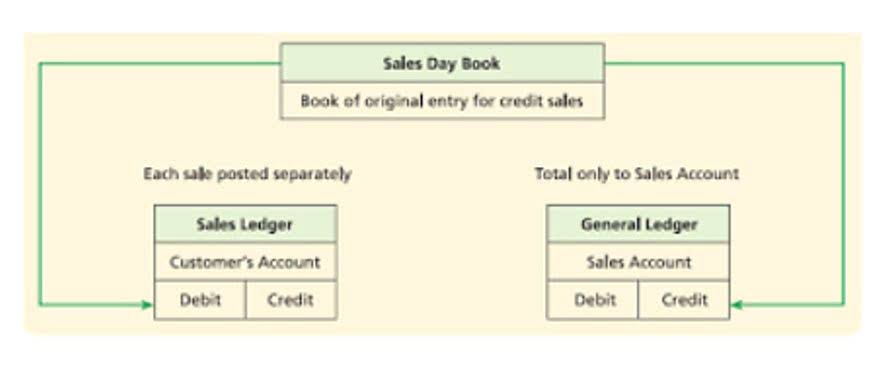
A statement of shareholders’ equity is a valuable tool for gauging a business’s health for the following reasons. The statement provides insight into what’s affecting the company’s net worth or shareholder value over a period. It helps investors and stakeholders understand how management is funding its operations—whether through issuing new shares, retaining profits, or buying back shares. Additionally, it sheds light on how much profit is reinvested in the business versus distributed as dividends.

Tag: Supplementary Financial Reports
The statement begins with the opening balance for each equity component at the start of the accounting period. For example, net income increases retained earnings, while dividends paid reduce them. Stock issuances increase common stock and additional paid-in capital, and stock repurchases increase treasury stock. A Statement of Shareholders’ Equity reconciles the equity section of a company’s balance sheet over a specific period. This financial statement details changes in ownership interest, showing how the company’s value attributable to its owners has evolved.
- Put simply, a statement of shareholders’ equity is part of a company’s balance sheet that provides investors with a quick description of the company’s performance.
- More specifically, we are accounting for the value of dividends to the shareholders $1,450.
- Understanding these components helps in assessing the full scope of equity changes.
- A statement of shareholders’ equity is a valuable tool for gauging a business’s health for the following reasons.
- The statement of stockholders’ equity is a financial report that details the changes in a company’s ownership interest over a specific time.
- Accumulated Depreciation is a long-term contra asset account (an asset account with a credit balance) that is reported on the balance sheet under the heading Property, Plant, and Equipment.
How To Create A Statement Of Shareholder Equity?
Rows underneath the opening balances detail the specific activities that occurred during the period, such as net income, dividends, stock issuances, and repurchases. Each activity’s effect simple statement of stockholders equity is shown in the respective column, indicating how it increased or decreased that specific equity component. The issuance of new stock, whether common or preferred, increases both the common stock account and additional paid-in capital. When a company sells new shares to investors, it receives cash or other assets, expanding its capital base. The funds received above the par value of the shares are recorded in additional paid-in capital. Retained Earnings accumulate the company’s net income that has not been distributed to shareholders as dividends.
Share Article
Ending balances on the Statement of Stockholders’ Equity directly flow to and reconcile with the Balance Sheet’s equity section. The balance sheet presents a snapshot of assets, liabilities, and equity at a specific point in time. This link ensures reported equity accurately reflects all changes during the period. Begin by entering the beginning balances for each equity component at the top of their columns.
- The company’s stockholders are usually interested in the stockholder’s equity, and they are concerned about the company’s earnings.
- Subtracting liabilities from assets can provide investors with the total amount of capital that owners have provided to a company.
- By looking at retained earnings and overall equity, you can get a sense of whether the company is growing or struggling.
- The effects of issue and redemption of shares must be presented separately for share capital reserve and share premium reserve.
- Since the gain is outside of the main activity of a business, it is reported as a nonoperating or other revenue on the company’s income statement.
- The amount of working capital and the current ratio are indicators of a corporation’s ability to pay its obligations when they come due.
- A statement of shareholders’ equity details the changes within the equity section of the balance sheet over a designated period of time.

If the florist receives only $1,300 the income statement will report a loss on sale of assets of $200. Learn what the Statement of Stockholders’ Equity reveals about profits, dividends, and stock activity. The following examples feature the shareholders’ equity statement and show how to calculate shareholders’ equity with respect to all the above-mentioned components. Stockholders’ equity is dynamic, constantly changing due to various financial activities and transactions. These movements reflect how a company generates profits, distributes them, and manages its ownership structure.
- A consistent negative equity can be a red flag for investors and creditors as it indicates potential insolvency or financial distress.
- This component represents the new capital invested into the business by its owners during the period.
- The average time it takes for a retailer’s or manufacturer’s inventory to turn to cash.
- It helps stakeholders understand the dynamics of ownership and capital management.
- A balance sheet line that includes cash, checking accounts, and certain marketable securities that are very close to their maturity dates.
Preferred Stock, if issued, typically has a higher claim on assets and earnings than common stock, often entitling Oil And Gas Accounting holders to fixed dividends before common stockholders. This situation, known as a deficit, might occur if a company has accumulated more losses over time than profits or if it has paid out more in dividends than its cumulative earnings. A consistent negative equity can be a red flag for investors and creditors as it indicates potential insolvency or financial distress. The statement outlines equity activity, including common stock issued, dividends paid, and changes in retained earnings. The beginning and ending balance in each equity account is shown along with activity during the period.
Shareholders’ equity defined
Put simply, a statement of shareholders’ equity is part of a company’s balance sheet that provides investors with a quick description of the company’s performance. Although it’s found easily enough by looking at a balance sheet, the statement of stockholders’ equity is often overlooked in favor of metrics such as cash flow, net profit, and net loss. Compiling the Statement of Shareholders’ Equity involves gathering information from various financial records and internal reports. Net income or loss for the period is sourced directly from the income statement, impacting retained earnings.

What Is Included in Stockholders’ Equity?

It provides transparency for investors to see changes in the cash flow specifically equity accounts and the activities that lead to such shift in the shareholder’s equity. The statement of stockholder’s equity displays all equity accounts that affect the ending equity balance including common stock, net income, paid in capital, and dividends. This in depth view of equity is best demonstrated in the expanded accounting equation. In finance and accounting, equity is the value attributable to the owners of a business. The account can also be called shareholders/owners/stockholders equity or net worth.
This happens because the company is using its cash to buy back a portion of its ownership from the public. The cost of these shares is recorded in the treasury stock account, which lowers the overall equity balance. Accumulated other comprehensive income is a separate line within stockholders’ equity that reports the corporation’s cumulative income that has not been reported as part of net income on the corporation’s income statements. The items that would be included in this https://rammstein.ro/2023/12/25/find-a-bookkeeper-to-do-accounts-and-tax-returns/ line involve the income or loss involving foreign currency transactions, hedges, and pension liabilities. For example, net income would be added to the retained earnings column, while dividends would be subtracted. The sum of all changes for each column, combined with the beginning balance, leads to the ending balance for that equity component.
